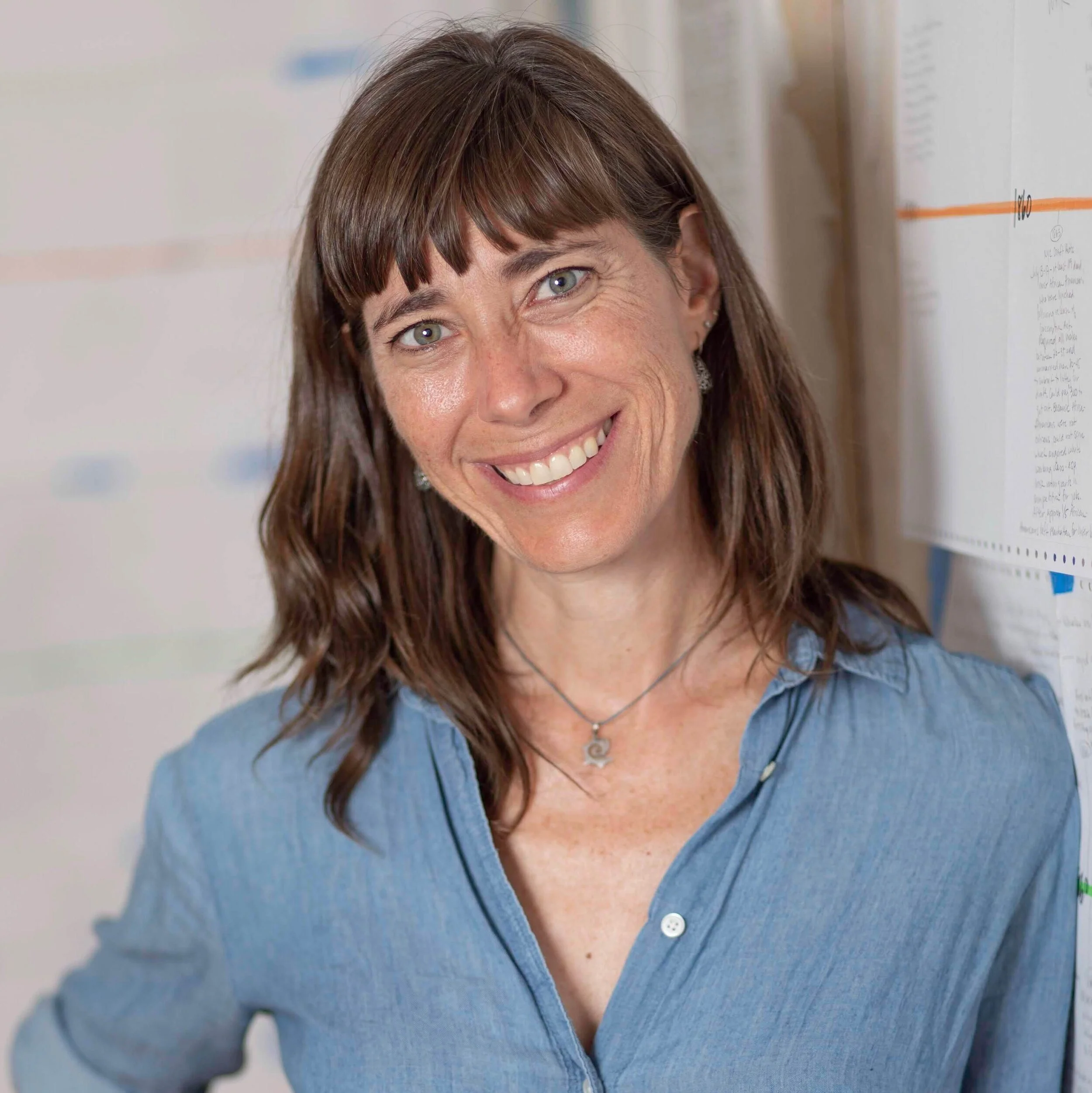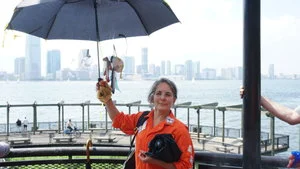For me, the water's edge has always been a place of solace. So I keep thinking; what would it look to explore my waterfront when I'm not leaving my apartment? Where does your imagination go along the water’s edge? What might we learn about the history of our water's edge that can inform the future we want…
The Power of Ten
Working creatively with water and waterways is inherently interdisciplinary, and requires artists and other creative people to infiltrate and collaborate with many different sectors. The Power of Ten is an opportunity to intersect with people from different fields, and imagine collaboration. All thinkers and doers are welcome–scientists, social/environmental justice activists, designers, artists, performers, planners, architects, and more.
Why Water / Why Water Now
Panel discussion with Works on Water artists and curatorial team members Eve Mosher and Sarah Cameron Sunde, facilitated by Tal Beery
There seems to have been a major expansion of artists working in, on, or with water over the past few years. Artists are building boats and taking people on tours, sculptures are being installed in rivers and oceans, and performances draw audiences to the waterfront. Many artists are at least partly responding to the vulnerability of water to industrial pollution and climate change. The panel considered the environmental, social, and technological changes that have sparked the new water art movement.
Bringing Multiplicity to the Table
Art engaged with ecology offers new forms of environmental engagement and advocacy, yet the community of artists working on NYC waterways represents a relatively narrow range of perspectives, compared to those that make up many of the communities along the water’s edge. Bringing Multiplicity to the Table invites organizations who excel at engaging a broad spectrum communities in art, culture, and ecology through a wide range of methods. At this Long Table conversation, WOW artists Eve Mosher and Nancy Nowacek join these representatives as well as practitioners from the fields of art, maritime ecologies and community activism to discuss methods of engagement and strategies towards multiplicity around the NYC waterways. Note: The Long Table format (developed by performance artist Lois Weaver), is designed to equalize audience and invited participants, by providing a simple and specific structure for listening and conversation.
Liquid City: Desire
200 blue bottles and maps
As part of Mosher’s ongoing investigation with Liquid City, Desire invites gallery visitors to wander and explore the rich history of Lower Manhattan’s waterscape through a participatory map. Visitors were invited to take a bottle and map and enjoy the journey, creating city-scaled maps of their own.
Collaborative floor painting and single channel video of Manhattan waterways with Clarinda Mac Low.





